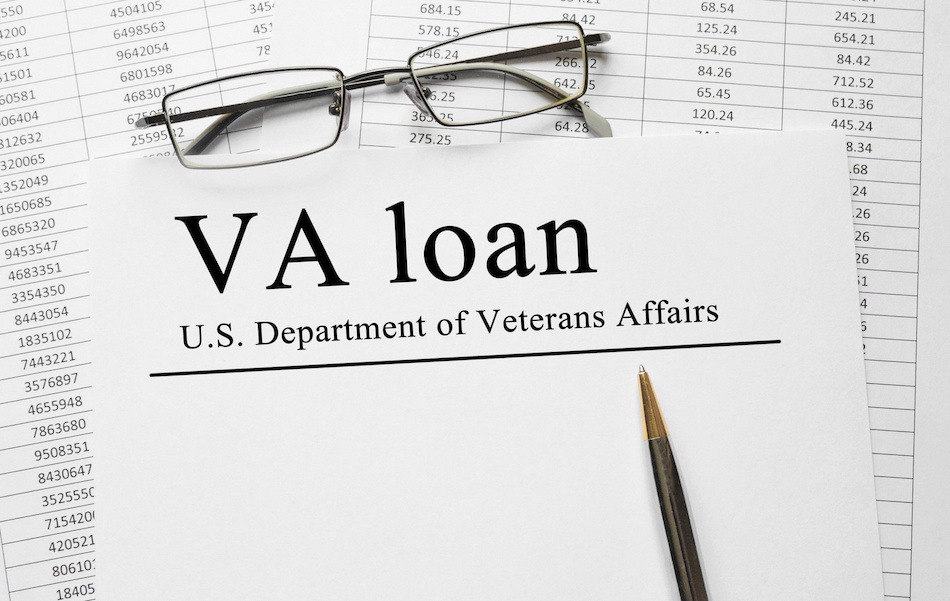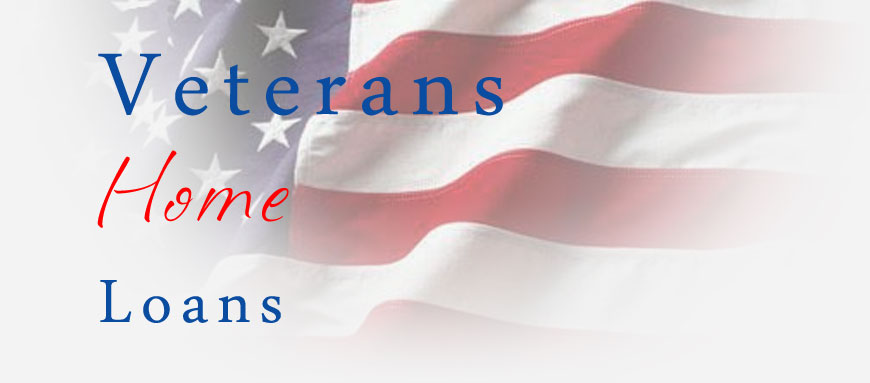Table of Content
This is usually required on all loans that have a loan-to-value higher than eighty percent. Mortgages that have an 80% LTV that do not require mortgage insurance have higher interest rates. Most know this term as “PMI” Some loan programs like FHA and USDA and select first time homebuyer programs require monthly mortgage insurance regardless of down payment. The federal government created the VA home loan program to make homebuying easier for those who serve our country. This benefit program offers arguably the most powerful loan option on the market. Qualified Veterans can purchase with no down payment, no mortgage insurance, flexible credit guidelines and the industry's lowest average fixed rates.

You must start repaying your TSP loan with interest within 60 days of when it’s disbursed to you. When we process your loan, we will notify your payroll office immediately so that it begins deducting loan payments from your salary each pay period. VA expects mortgage servicers to approve, at your request, an additional three-month period of COVID-19 forbearance. If needed, another three-month period should be approved by the mortgage servicer. Although the total forbearance under this paragraph would equal an additional six months, each three-month extension should be requested individually.
You can shop for the best VA loan rates
VA home loans are available to active-duty service members, veterans , and in some cases, surviving family members. Your length of service or service commitment, duty status and character of service determine your eligibility for specific home loan benefits. If you’re experiencing financial hardship due to the COVID-19 emergency, you can request a temporary delay in mortgage payments.

VA loans allow you to buy a duplex, triplex, or four-plex with 100% financing. There is no maximum amount for which a home buyer can receive a VA loan, at least as far as the VA is concerned. You can qualify for this type of financing even if you have a part-time job or multiple jobs. VA underwriters perform additional calculations that can affect your mortgage approval. The relationship of your debts and your income is called your debt-to-income ratio, or DTI. If the online system is unable to issue your COE, you’ll need to provide your DD-214 form to your lender or the VA.
Repaying your TSP loan
Please see the questions and answers above to understand how this may affect you later. Because an adjustable-rate loan typically has a lower rate, a borrower might find it provides an easier path to home affordability. VA borrowers can roll the funding fee into their overall loan amount. The VA also limits closing costs for Veterans and allows sellers to pay most or all of those expenses.

A fixed-rate mortgage is a home loan with a rate of interest that remains constant throughout the life of the loan. Besides having a minimum score of 620, you must also have enough residual income, an appropriate debt-to-income ratio, and a fair credit history to satisfy the lender’s requirements. According to the guidelines defined by the VA, having an outstanding credit score is not mandatory to qualify for a VA loan.
What spouses are eligible for a VA loan?
But a Veterans home loan may offer better terms than with a traditional loan from a private bank, mortgage company, or credit union. For example, nearly 90% of VA-backed loans are made with no down payment. Insurance that covers the lender against losses incurred as a result of a default on a home loan.

Forbearance is a form of repayment relief involving the temporary postponement of loan payments, typically for home mortgages or student loans. Credit score minimum requirements differ slightly from lender to lender. The VA’s only credit requirement is for the borrower to be considered a satisfactory credit risk by a lender. The benefits of a VA loan are the same no matter which lender you choose.
Today’s VA loan rates*
You are a current/former military member who has either served a minimum of 181 consecutive days during peacetime or a minimum of 90 consecutive days during wartime. A below-market interest rate is an interest rate lower than that currently being offered for commercial loans extended by banks. The loan-to-value ratio is a lending risk assessment ratio that financial institutions and other lenders examine before approving a mortgage.
A rental agreement indicating a tenant’s option to purchase a property. Monthly payments consist not only of rent, but an overage that can be applied towards a down payment on an already established amount. The postponement for a limited time of a portion or all the payments on a loan when a borrower is delinquent. Between the time of application and closing, a borrower may choose to bet on interest rates decreasing by “floating” the interest rate lock on the loan.
A written letter of agreement detailing the terms and conditions by which the lender will lend and the borrower will borrow funds to finance a home. A loan in which a seller agrees to finance a buyer in order to complete a property sale. Buying property and assuming the responsibility of the existing mortgage. Example – a 7/1 ARM will have its first adjustment period on the year 7 and will possibly adjust one time for every year after.
This requires borrowers to pay more than the principal and interest each month. The overage is put into escrow, which the lender uses to pay items like property taxes and homeowner’s insurance when they are due each year. This eliminates the actual number of payments that a homeowner has to worry about, but not the amount that has to actually be paid. Allows loans to be made at less-than-market interest rates by paying front-end discounts.
These include white papers, government data, original reporting, and interviews with industry experts. We also reference original research from other reputable publishers where appropriate. You can learn more about the standards we follow in producing accurate, unbiased content in oureditorial policy. These securities carry the guarantee of the U.S. government against default. Julia Kagan has written about personal finance for more than 25 years and for Investopedia since 2014. The former editor of Consumer Reports, she is an expert in credit and debt, retirement planning, home ownership, employment issues, and insurance.

Borrowers are rated by lenders according to the borrower’s credit-worthiness or risk profile. Credit ratings are expressed as letter grades such as A-, B, or C+. These ratings are based on various factors such as a borrower’s payment history, foreclosures, bankruptcies and charge-offs.

No comments:
Post a Comment